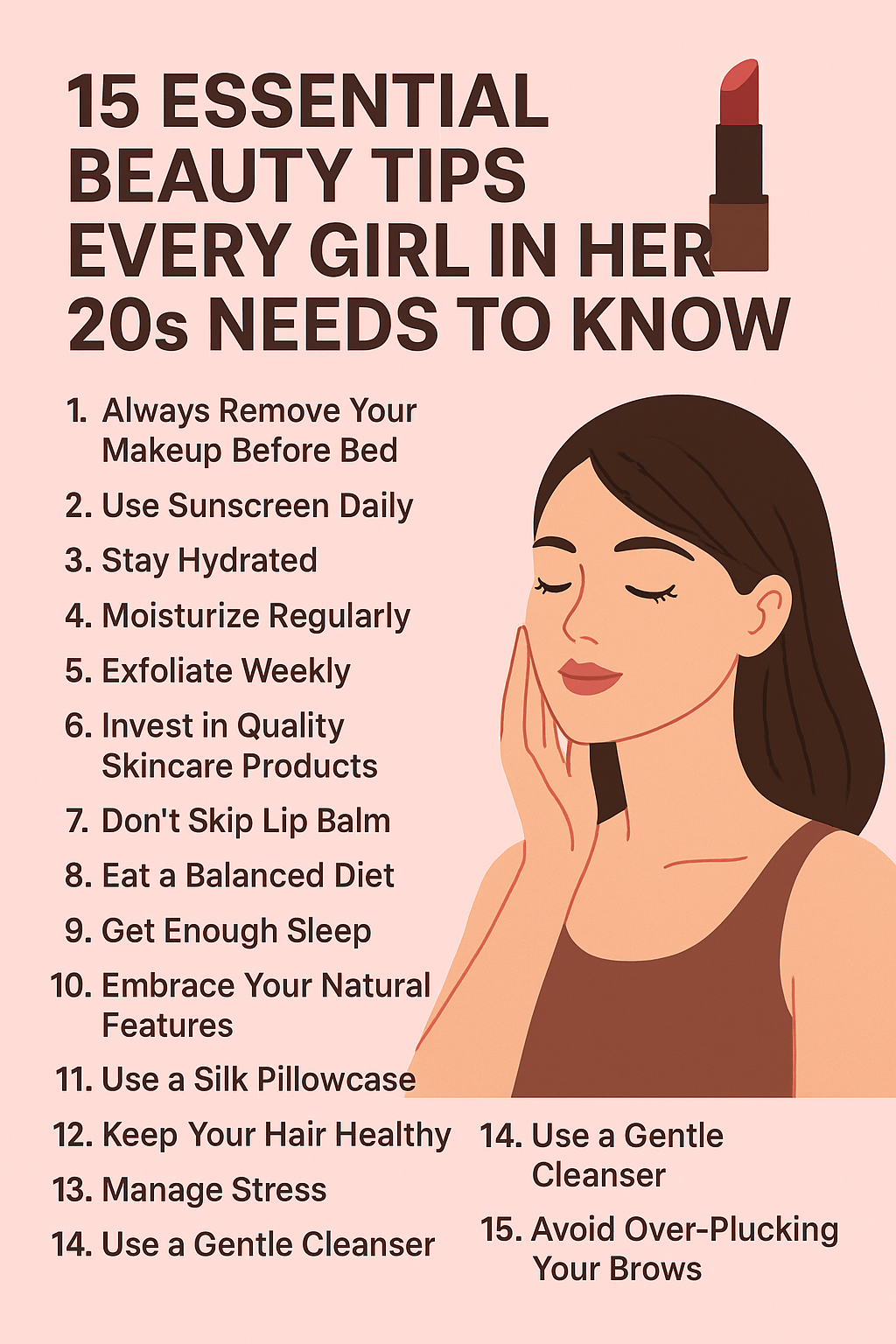How to Get Rid of Dark Areas on Your Body: Complete Treatment Guide with Best Creams & Home Remedies
Dark patches on the skin, medically known as hyperpigmentation, can appear on various parts of the body including underarms, elbows, knees, neck, and inner thighs. These darkened areas are common and treatable with the right approach. Whether you’re dealing with acanthosis nigricans, friction-related darkening, or post-inflammatory hyperpigmentation, this comprehensive guide will help you achieve clearer, more even-toned skin.
Understanding Dark Areas: What Causes Them?
Before diving into treatments, it’s important to understand why these dark patches develop:
Common Causes:
- Friction from tight clothing or skin rubbing against skin
- Hormonal changes during puberty, pregnancy, or PCOS
- Insulin resistance and diabetes
- Obesity and metabolic issues
- Genetic predisposition
- Poor hygiene or excessive sweating
- Certain medications
- Razor burn and ingrown hairs
Best Commercial Creams for Dark Areas 
Top-Rated Lightening Creams
- Hydroquinone-Based Creams Hydroquinone is considered the gold standard for treating hyperpigmentation. Look for products containing 2% hydroquinone for over-the-counter options.
- Kojic Acid Creams Natural alternative derived from mushrooms. Gentler than hydroquinone but equally effective for gradual lightening.
- Glycolic Acid Products Alpha hydroxy acid that exfoliates dead skin cells and promotes cell turnover for brighter skin.
- Vitamin C Serums Powerful antioxidant that brightens skin and prevents further darkening.
💡 Pro Tip: Always patch test new products on a small area first. Start with lower concentrations and gradually increase to avoid irritation.
Powerful Home Remedies for Dark Areas
Natural Lightening Treatments You Can Make at Home
Baking Soda Scrub
- Mix 2 tablespoons baking soda with water to form a paste
- Gently scrub dark areas in circular motions
- Rinse with lukewarm water
- Use 2-3 times per week
Lemon and Honey Mask
- Combine fresh lemon juice with raw honey (1:1 ratio)
- Apply to dark areas and leave for 15-20 minutes
- Rinse thoroughly with water
- Use daily but avoid sun exposure afterward
Turmeric and Milk Paste
- Mix 1 teaspoon turmeric powder with 2 tablespoons milk
- Create a thick paste and apply to affected areas
- Leave for 20 minutes before washing off
- Use 3-4 times per week
💡 Pro Tip: Consistency is key with home remedies. Results typically appear after 4-6 weeks of regular use.
Step-by-Step Treatment Routine
Daily Morning Routine
Step 1: Gentle Cleansing Use a mild, pH-balanced cleanser to remove dirt and bacteria without over-drying the skin.
Step 2: Exfoliation (2-3 times per week) Apply a gentle scrub or chemical exfoliant to remove dead skin cells and improve product absorption.
Step 3: Treatment Application Apply your chosen lightening cream or serum to clean, dry skin. Allow complete absorption.
Step 4: Moisturizing Use a fragrance-free moisturizer to maintain skin barrier function and prevent irritation.
Step 5: Sun Protection Apply SPF 30+ sunscreen to prevent further darkening, especially when using lightening products.
Evening Routine
Step 1: Deep Cleansing Remove all traces of deodorant, sweat, and daily buildup with a thorough cleanse.
Step 2: Treatment Application Apply stronger treatments like retinoids or higher concentration acids in the evening.
Step 3: Hydrating Moisturizer Use a rich, nourishing moisturizer to support skin repair overnight.
Advanced Treatment Options
Professional Treatments
Chemical Peels Professional-grade acids that remove damaged skin layers for dramatic improvement in skin tone.
Laser Therapy Targeted light therapy that breaks down excess pigmentation for clearer skin.
Microdermabrasion Physical exfoliation treatment that removes dead skin cells and stimulates renewal.
💡 Pro Tip: Consult a dermatologist before starting aggressive treatments, especially if you have sensitive skin or underlying health conditions.
Prevention Strategies
Lifestyle Changes for Long-Term Results
Maintain Proper Hygiene
- Shower daily with antibacterial soap
- Change clothes after sweating
- Use antiperspirant to reduce moisture buildup
Choose the Right Clothing
- Wear loose-fitting, breathable fabrics
- Avoid synthetic materials that trap moisture
- Change out of wet or sweaty clothes promptly
Address Underlying Health Issues
- Maintain healthy weight through diet and exercise
- Monitor blood sugar levels if diabetic
- Treat hormonal imbalances with medical guidance
Common Mistakes to Avoid
Over-Exfoliating Aggressive scrubbing can worsen darkening and cause irritation. Stick to gentle, consistent treatment.
Inconsistent Application Sporadic use of treatments won’t yield results. Develop a routine and stick to it for at least 2-3 months.
Ignoring Sun Protection UV exposure can undo all your hard work. Always use sunscreen on treated areas.
Using Harsh Chemicals Bleaching agents and strong acids can damage skin permanently. Choose gentle, dermatologist-recommended products.
💡 Pro Tip: Take progress photos weekly to track improvements, as changes happen gradually and may not be immediately noticeable.
When to See a Doctor
Red Flags That Require Medical Attention
- Sudden appearance of dark patches
- Patches that change shape, size, or color rapidly
- Areas that become painful, itchy, or inflamed
- No improvement after 3 months of consistent treatment
- Signs of infection or unusual odor
Natural Ingredients That Work
Kitchen Remedies with Scientific Backing
Oatmeal Natural exfoliant with anti-inflammatory properties that gently removes dead skin.
Cucumber Contains vitamin C and caffeic acid that help lighten skin and reduce inflammation.
Potato Rich in vitamin C and starch that can help fade dark spots over time.
Aloe Vera Soothes irritated skin and contains compounds that may help lighten hyperpigmentation.
💡 Pro Tip: Combine natural ingredients with proven treatments for enhanced results. For example, follow a gentle oatmeal scrub with a vitamin C serum.
Building Your Treatment Plan
Creating a Personalized Approach
Week 1-2: Assessment and Gentle Start
- Identify all affected areas
- Begin with gentle cleansing and moisturizing
- Introduce one new treatment at a time
Week 3-6: Active Treatment Phase
- Add proven lightening ingredients
- Maintain consistent routine
- Monitor for any adverse reactions
Week 7-12: Maintenance and Evaluation
- Continue effective treatments
- Assess progress and adjust as needed
- Focus on prevention strategies
Final Thoughts: Patience and Consistency Pay Off
Treating dark areas on your body requires patience, consistency, and the right combination of treatments. While results don’t happen overnight, most people see significant improvement within 2-3 months of dedicated care.
Remember that prevention is always better than treatment. Address underlying causes, maintain good hygiene, and protect your skin from further damage while treating existing dark areas.
The key to success is finding what works for your specific skin type and situation, then sticking with it long enough to see results. Don’t get discouraged if progress seems slow – healthy, even-toned skin is worth the wait!
💡 Final Pro Tip: Keep a skincare journal to track what products work best for you. This information will be invaluable for maintaining your results and addressing any future skin concerns.
Read more: Complete 30-Day Anti-Aging Transformation Guide: Science-Based Natural Methods


